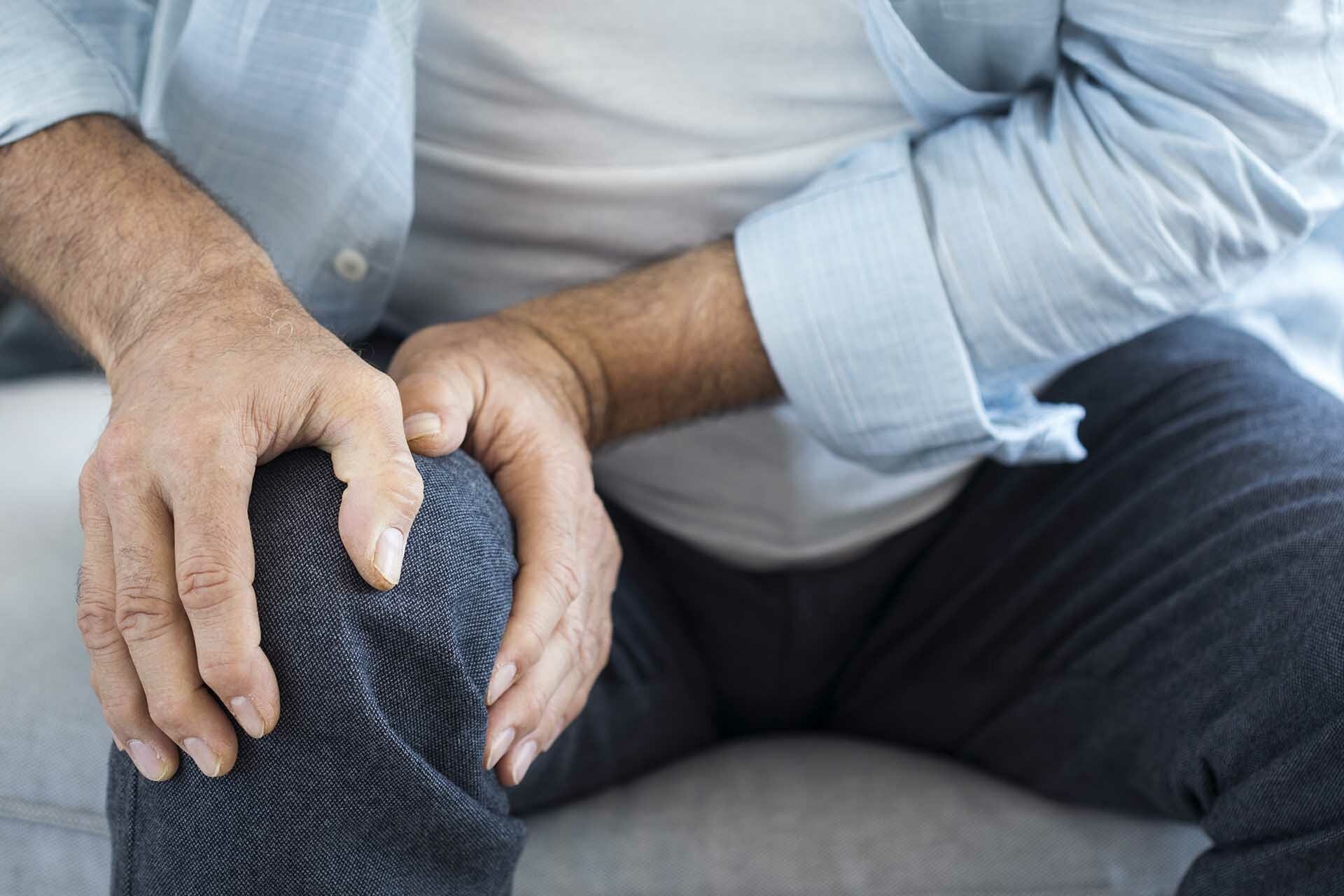
What is collagen?
Collagen is the most abundant protein in the connective tissue of our body. Would you believe there is a total of 28 different types of collagen found so far! It is naturally found in our bones, joints, tendons, cartilage, as well as muscle, blood vessels, and as most of us know, is a main component of our skin.1
Type 2 collagen is the main component (makes up 70% of cartilage mass) of the cartilage in our body.1 The stability of this particular collagen helps to determine the strength of the cartilage and its ability to cope with the “stress” (movement, wear and tear) that is placed on our joints.1
Cartilage is a tough, flexible tissue found throughout the body. It covers the surface of joints, enabling bones to slide over one another whilst reducing friction, absorbing shock and preventing damage. One type of cartilage is articular cartilage. This is the smooth, characteristically white cartilage that is found between our ribs, around the trachea and between our joints. One of the most common types of cartilage damage that can occur, is the damage to this articular cartilage between our joints.
We have heard about collagen in skincare but why is it important for joint health?
Have you been putting up with uncomfortable knee pain? We were shocked to learn that last year, 40% of patients presented to their doctor with musculoskeletal concerns.2 This made musculoskeletal conditions one of the top three health concerns of patients! Musculoskeletal conditions are those that can affect the bones, muscles and/or joints.2 It was also interesting the learn that within this group, 42% of patients were aged 40 years or older.2
This is not entirely surprising, as collagen turnover and subsequent breakdown is influenced highly by age.1 As cartilage deteriorates progressively, it may cause pain and a loss of normal joint movement.3 When this cartilage between the joints becomes stiff and loses elasticity (from conditions such as osteoarthritis), it becomes more susceptible to damage.3,4
Collagen supplements are currently everywhere! Are all collagen products the same?
Collagen is made up of 3 amino acids: glycine, proline, and hydroxyproline. There are many kinds of collagen, most of which comes from animals. The main sources include beef (bovine collagen), chicken and pork skin (porcine collagen) and fish (marine collagen) which contains Type 1 and 2 collagen from fish skin and scales.
Just to make things more confusing…there are also different forms of each of these types of collagen!
Today we are going to focus on hydrolysed collagen (or collagen hydrolysate), which refers to the broken-down collagen molecules that are a result of a specific process called hydrolysis. Hydrolysis uses a single water molecule to break down other larger molecules, in this case, a larger collagen molecule is broken down into collagen peptides.
What does this mean, you may ask?
If we think of these protein molecules and collagen fibres as the “building blocks” of cartilage, this means that the more we have, the stronger our cartilage will be6
There has been a lot of research into hydrolysed collagen, which can help us understand how it works. Clinical studies in patients with functional joint pain and discomfort7, 8 found that collagen peptide intake lead to an increased content of protein molecules as part of the extracellular matrix of cartilage tissue. The extracellular matrix can be thought of as the collection of small molecules that play a role in supporting tissue growth, like a scaffold. These molecules bind with water and help to increase the stiffness and resilience of the collagen to withstand compressive loads and forces (when we move!).6 Essentially, it helps to make it stronger! This resulted in individuals reporting significant improvements in general joint pain and discomfort as well as during exercise.7,8 This is great news for all of the active movers out there!
References:
- Karsdal, M.A. 2016. Biochemistry of Collagens, Laminins and Elastin. Academic Press. doi:https://doi.org/10.1016/C2015-0-05547-2\
- The Royal Australian College of General Practitioners 2019, General Practice: Health of the Nation 2019 Report, RACGP, retrived 5 October 2020, <https://www.racgp.org.au/gener...;.
- Rovati, L, Girolami, F & Persiani, S 2012, ‘Crystalline glucosamine sulfate in the management of knee osteoarthritis: efficacy, safety, and pharmacokinetic properties’, Therapeutic advances in musculoskeletal disease’, vol 3, no 3, pp.167-180, doi: 10.1177/1759720X12437753
- Narvy, S & Vangsness, C 2010, ‘Critical appraisal of the role of glucosamine and chondroitin in the management of osteoarthritis of the knee’, Nutrition and Dietary Supplements, vol 2, pp. 13-25, doi: 10.2147/NDS.S5939
- McAlindon, T. E., Nuite, M., Krishnan, N., Ruthazer, R., Price, L. L., Burstein, D., Griffith, J., & Flechsenhar, K. 2011. Change in knee osteoarthritis cartilage detected by delayed gadolinium enhanced magnetic resonance imaging following treatment with collagen hydrolysate: a pilot randomized controlled trial. Osteoarthritis and cartilage, 19(4), 399–405. https://doi.org/10.1016/j.joca.2011.01.001
- Frantz, C., Stewart, K. M., & Weaver, V. M. 2010. The extracellular matrix at a glance. Journal of cell science, 123(Pt 24), 4195–4200. https://doi.org/10.1242/jcs.023820
- Zdzieblik, D., Oesser, S., Gollhofer, A., & König, D. 2017, Improvement of activity-related knee joint discomfort following supplementation of specific collagen peptides. Applied physiology, nutrition, and metabolism = Physiologie appliquee, nutrition et metabolisme, 42(6), 588–595. https://doi.org/10.1139/apnm-2016-0390
- Clark, K. L., Sebastianelli, W., Flechsenhar, K. R., Aukermann, D. F., Meza, F., Millard, R. L., Deitch, J. R., Sherbondy, P. S., & Albert, A. 2008. 24-Week study on the use of collagen hydrolysate as a dietary supplement in athletes with activity-related joint pain. Current medical research and opinion, 24(5), 1485–1496. https://doi.org/10.1185/030079...
